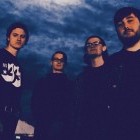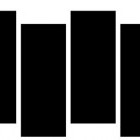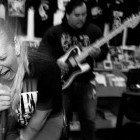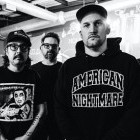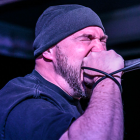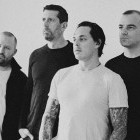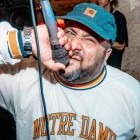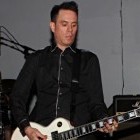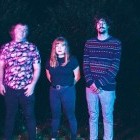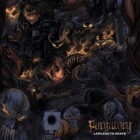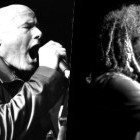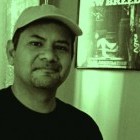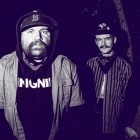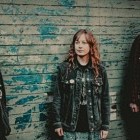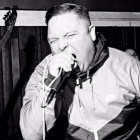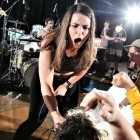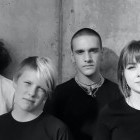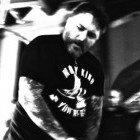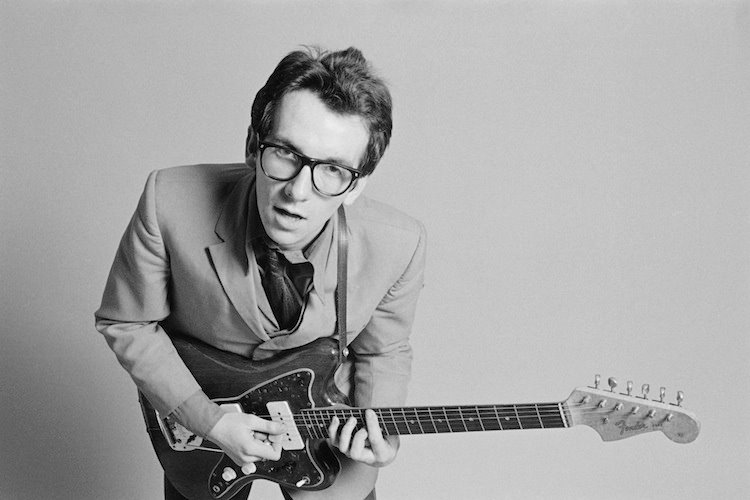
There are many famous folks from all walks of life who are fans of underground music and punk rock. Director John Waters has often recounted his time in the mid-'70s Baltimore scene. Kristen Stewart sports a Black Flag tattoo, and even Lindsay Lohan has been photographed "slumming it" around town in a Butthole Surfers t-shirt.
Punk rock has had a wide influence on art, fashion and culture. Artists like Jean-Michel Basquiat and Keith Haring were born from the same NYC art scene that gave us Glenn Branca, John Zorn, and Sonic Youth. Punk rock was the refuge for those who were not following the straight and narrow path toward 2.2 kids and a white picket fence, and anyone known as an “outsider” probably owes some small debt to the renegades who often populated the punk scene.
There are others, however, who owe more than just a passing nod to punk rock, and yet are not often thought of as punk rockers. Here’s a list of 10 people, who aren’t Dave Grohl, who owe more than just a small debt to the punk community for helping them forge their careers, or revive them...
Madonna

When Madonna moved from her native Detroit to NYC in 1978, she was hanging out in many of the same circles as Basquiat and Keith Haring. She was also clubbing in New Wave dance clubs like Danceteria (where she made her one of her first live performances in 1982), as well as punk clubs like CBGB’s and the Mudd Club. Her first tour in 1987 featured the Beastie Boys and Run-D.M.C. as openers, which was a pretty punk rock move in itself, and her look, torn clothes, crucifixes, and bangles certainly paid homage to the punk rock fashion of the day.
Of course, Madonna has earned praises from everyone from Henry Rollins to Iggy Pop for her tireless work ethic, and Sonic Youth and Mike Watt’s Madonnabe tribute band, Ciccone Youth, helped the singer with some of her "street-cred" as she was selling out stadiums. Madonna was even on hand in Cleveland to induct the Stooges into the Rock & Roll Hall of Fame. Though, she seemed not to know who Mike Watt is, no one shouldn’t be surprised. I’m sure she’s a bit out-of-touch, in her ivory tower after a few decades of super-stardom. It was her early beginnings amongst the punks and rebels, however, that laid the platform that raised her up there.
Belinda Carlisle (Go-Go’s)

Belinda Carlisle’s musical birth began as a drummer for the legendary Germs; who were one of the first wave of US punk bands to form in Los Angeles. Later, she did some back up singing for Black Randy & the Metrosquad, but it was as lead singer of America’s sweetheart’s, the Go-Go’s, where she earned her fame.
The Go-Go’s first single, “We Got the Beat,” was released on Stiff Records in the UK, the same label that released what is arguably the first punk 7” in the Damned’s “New Rose." With the release of the Go-Go’s first album, Beauty and the Beat, in 1981, she, and the band, became America’s sweethearts. The album went to Number One in the US, and after a series of successes in the Go-Go’s led to Belinda leaving the band, as most singers do, to forge her own solo career.
Hard to imagine the lovely gal who gave us “Heaven Is a Place on Earth” and “Circle in the Sand” is really a punker at heart. Maybe we should go back to calling her by her alter-ego; Dottie Danger.
Tom Petty
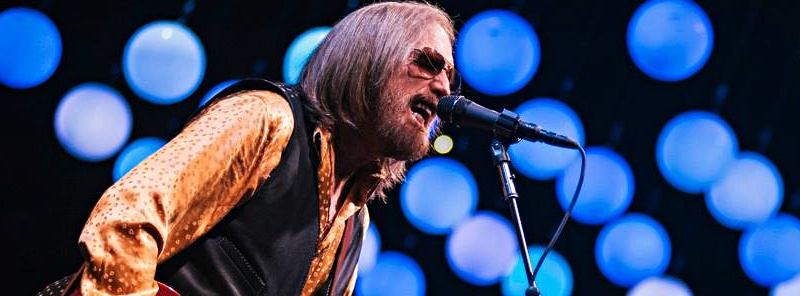
Ok, so Tom Petty never wore a spike through his ear, or donned a Mohawk, but his earliest rise to fame owes as much to punk rock as just about anybody. Oh sure, he spent much of mid-'70s trying to explain how his records weren’t punk rock, and how he owed his musical influences to the Beatles and Bob Dylan, and not to the Sex Pistols, but I’m going to be the first to call him out on that.
Punk rock was forged out of the spirit of the upstart. Tom Petty’s music, and attitude was right in line with punk rock ethos, and whether he likes it or not, it was partially the reason he was able to get his records reviewed in the press. A lot of the artists who went on to shun punk tended to not know much about it...they didn’t want the stigma of punk rock because they didn’t want to be musically stifled, nor want anything to do with the fad or fashion they associated with punk rock. There was no doubt that critics were confused, and that confusion often led to them calling him punk rock. Why not, when Tom Petty’s backing band had the same name as Johnny Thunders’ backing band, and “Refugee” had as much punk bravado as just about anything coming out of Britain at the time.
Tom Petty might be the last one to give credit to punk rock for his early success, but, in that, he’s the grandfather of denying he’s punk rock...
Neil Young
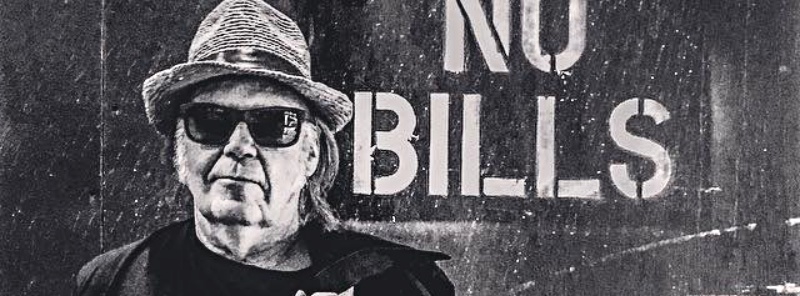
Neil was never accused of being punk rock. His fame long pre-dates the punk movement, unless we’re talking about its roots in 60’s radicalism. But, Neil’s career slump through the 1980s was revived with his 1989 hit “Rocking in the Free World." The song has become an anthem covered by everyone from Pearl Jam to the Dickies. His return from musical obscurity was complete in 1991, when Pulse magazine dubbed him "The Godfather of Grunge." Neil had always embraced the outcast, both in his tunes, and in his heart. Even before the article, his 1991 tour openers were Sonic Youth and Social Distortion.
Maybe Neil had as much an influence on the aesthetic of punk rock than punk had upon Neil, with his complete lack of a pose and refusal to bend to company brass (so much so that the president of his label, David Geffen, tried to sue him for not sounding like Neil Young!). It was this ceaseless commitment to his art regardless of its commercial appeal, that actually helped lead him back from classic rock obscurity, and into his role as respected elder statesman among the upstart youths who were buying records.
Tito Larriva (Tito & Tarantula)
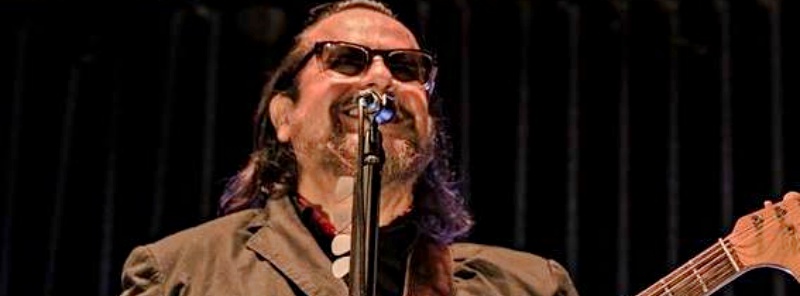
Tito Larriva never got the props he so deserved, hence, he might be better known as Pee Wee Herman’s neighbor, Hammy, in the Pee Wee Herman Show, or for his frequent roles in the films of his long-time pal Robert Rodriquez, than for his work with his seminal punk band, the Plugz. The Plugz two albums, Electrify Me (1978), and Better Luck (1981) melded the music of his Latino upbringing (he was born in Mexico) with a punk rock mentality, in what can only be described as a precursor to Los Lobos. While The Plugz music often strayed far outside of simple punk rock, Tito’s DIY mentality cleaved a path that would be followed by the likes of Dead Kennedys, Black Flag, and many other more decidedly hardcore outfits. He formed his own independent label instead of relying on a major, and booked and promoted the band himself.
While Los Lobos reached stardom covering Richie Valens’ “La Bamba” (as the Plugz had done 5 years before them), The Plugz sadly remain relatively unknown to the masses.
Tito has maintained a lengthy and successful career in music and films, scoring films like Repo Man, and Desperado, as well as performing “After Dark” with his band, Tito & Tarantula, for Selma Hayek’s scorching dance scene in From Dusk Till Dawn. He remains active in the entertainment business to this day, but undoubtedly can trace his successful career back to his early punk rock roots in Los Angeles.
Elvis Costello
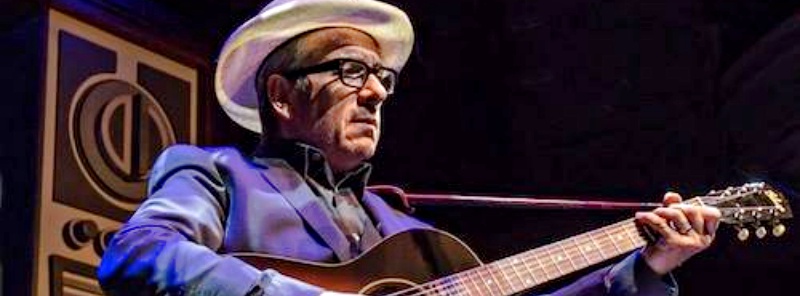
Declan MacManus, aka Elvis Costello, has worn more hats than I can sum up in this article. Like Tom Petty, Elvis’ first album, My Aim Is True, was more “punky” than “punk," but unlike Mr Petty, Elvis didn’t bother to argue about his music. He just kept churning it out, and by this, defined his own legacy. From brooding balladeer, to pop icon, to revisiting The Great American Songbook standards and collaborations with everyone from Green Day’s Billie Joe Armstrong to Paul McCartney to Burt Bacharach, there seems nothing that the man can’t handle. Through it all, Elvis Costello’s punk rock credibility remains intact. He was banned from performing on Saturday Night Live for a dozen years, before SNL simply couldn’t ignore his success any longer and invited him back. Sometimes, punk rock is more about being an iconoclast than it is about keeping to a strict formula of loud and fast, and by this rule, Elvis remains the king.
Duff McKagan (Guns N' Roses)
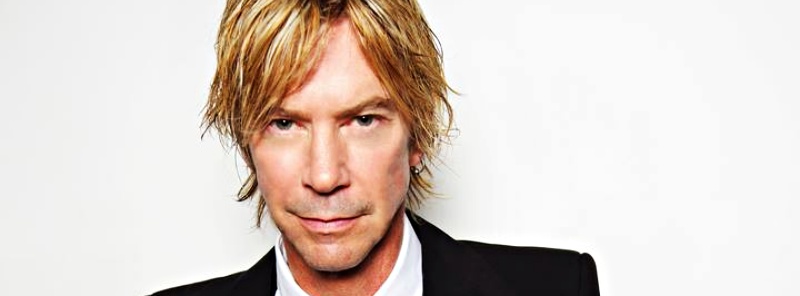
Guns N' Roses are about as quintessentially Los Angeles as swimming pools, movie stars, and...well.. the Red Hot Chili Peppers, so it would make sense that Duff’s life as a punk in his birthplace of Seattle would be overshadowed by the glitz and glamour of LA, and his claim to fame in G’N’R. Before achieving mega-stardom, Duff played drums in teen sensations the Fastbacks on their 7”, “It’s Your Birthday” (Threes Records 1981), and then in the Fartz. Finally, he shifted to playing guitar while with his next band 10-Minute Warning, before moving to LA. Guns N' Roses remain his claim to fame, but his roots can be traced back to playing shitty clubs and opening for bands like Butthole Surfers, DOA, and Hüsker Dü.
Alejandro Escovedo
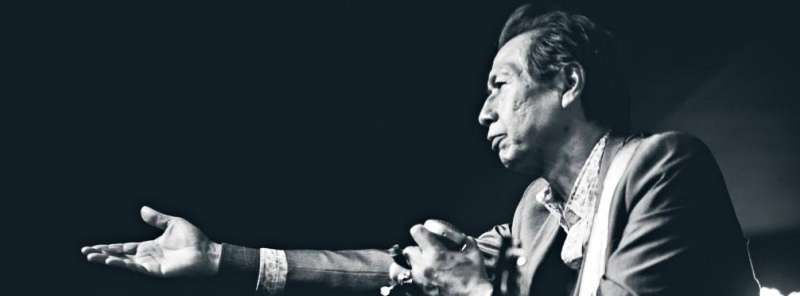
The artist that No Depression magazine named "Artist of the Decade" in 1998 didn’t start off playing the roots music the magazine covers within its pages. His earliest work was with punk pioneers The Nuns, who most famously opened for the Sex Pistols last show at Winterland in San Francisco. After the Nuns split up in 1979, he formed Rank 'N File with the Kinman brothers, Chip & Tony, who themselves had made up 2/3s of the legendary Dils. Rank 'N File almost single-handedly created “cowpunk," a sub genre of punkrock with a country flare that was made more popular by bands like Meat Puppets, X, and the Blasters.
His music has been covered and praised by the likes of John Cale, Lucinda Williams, Steve Earle, and by his niece, Sheila E. Alejandro played Carnegie Hall in 2006, a decidedly un-punk rock thing to do. He’ll still bust out a cover of Butthole Surfers’ hit “Pepper” in his sets from time to time, proving that the roots of roots music all depend upon where the tree is planted.
Ann Magnuson

Ann Magnuson ran in the same circles as Madonna back in the early 1980s. She was manager of the famed Club 57 where Madonna would perform in her earliest club days, and even was cast in her movie, Desperately Seeking Susan, in 1985. Early the following year she formed Bongwater with bassist and producer extraordinaire Mark Kramer. Bongwater churned out four albums of neo-psychedelic punk experimentation until they disbanded in 1992. Since then, and, heck, even during her tenure in the band, Ann has co-starred in dozens of films, plays and TV shows; has produced a number of one-woman shows, and still finds time to write articles, and even release a solo album from time to time. Without all the safety pins and Anarchy signs, Ann continues to embody the spirit of punk rock through her tireless work ethic, activism, and social and sexual commentary.
RuPaul

RuPaul Andre Charles got his start in the Atlanta club scene of the early 1980s, before moving to NYC. While in Atlanta, RuPaul became a staple at the underground Celebrity Club; performing as a backup singer to Glen Meadmore (aka: cowpunk). Later, the B-52’s would feature RuPaul dancing in their “Love Shack” video.
RuPaul name has become almost synonymous with "drag-queen," which would normally cement his role as an outsider artist, but his striking looks, and flamboyant personality has won over the gay and straight community equally. Whether as Emmy-winning host of RuPaul’s Drag Race, or as singer of the hit “Supermodel (You Better Work)," RuPaul has transcended any labels put on him.
Punk rock was always the land of misfits, and has welcomed self-proclaimed freaks and outcasts from all walks of life. While many mainstream rock artists were merely flirting with sexual identity as a hobby, gay punk rockers like Gary Floyd of the Dicks and Randy "Biscuit" Turner of the Big Boys were embraced by the punk community as fellow outcasts. In this, RuPaul also managed to shed the stink of the dingy punk clubs for the glitz of the red carpet.

